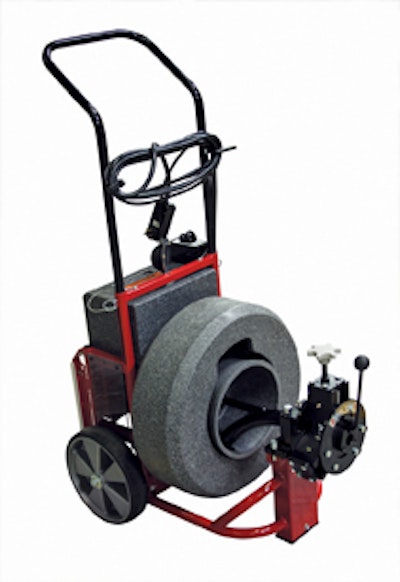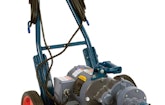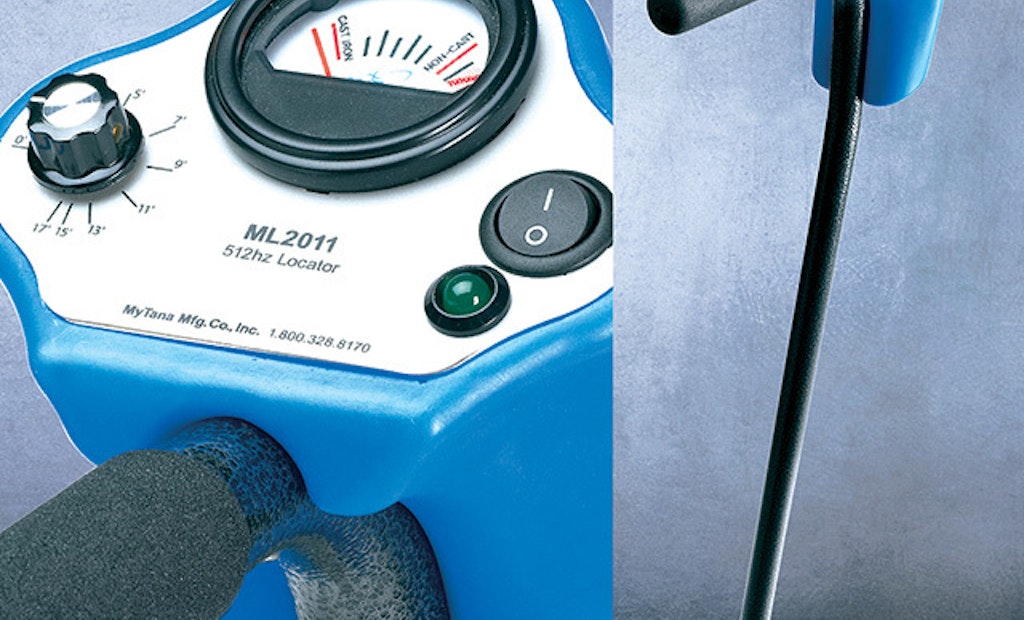Cable machines are essential for anyone in the drain cleaning business. They help tackle difficult obstructions you encounter in small- and large-diameter lines. Whether your main jobs are residential or mostly commercial, a cable machine will help you clear a range of blocked...
Choosing the Best Cable Machine for Your Drain Cleaning Business
Popular Stories
Discussion
Comments on this site are submitted by users and are not endorsed by nor do they reflect the views or opinions of COLE Publishing, Inc. Comments are moderated before being posted.








